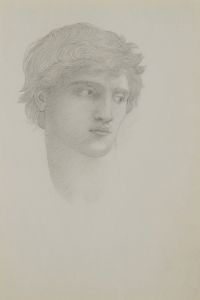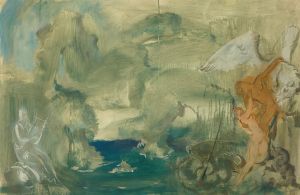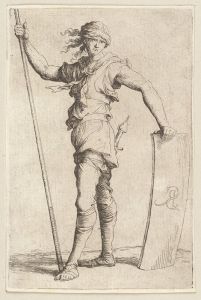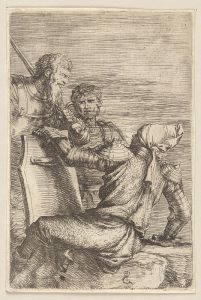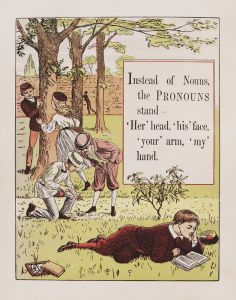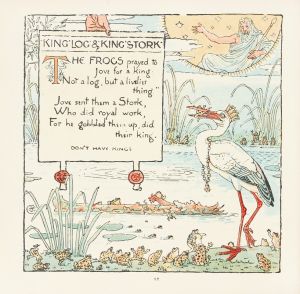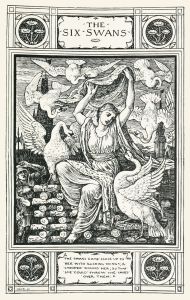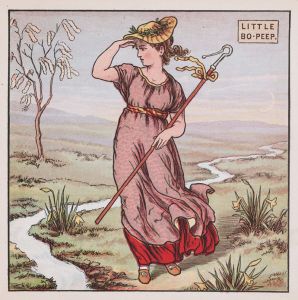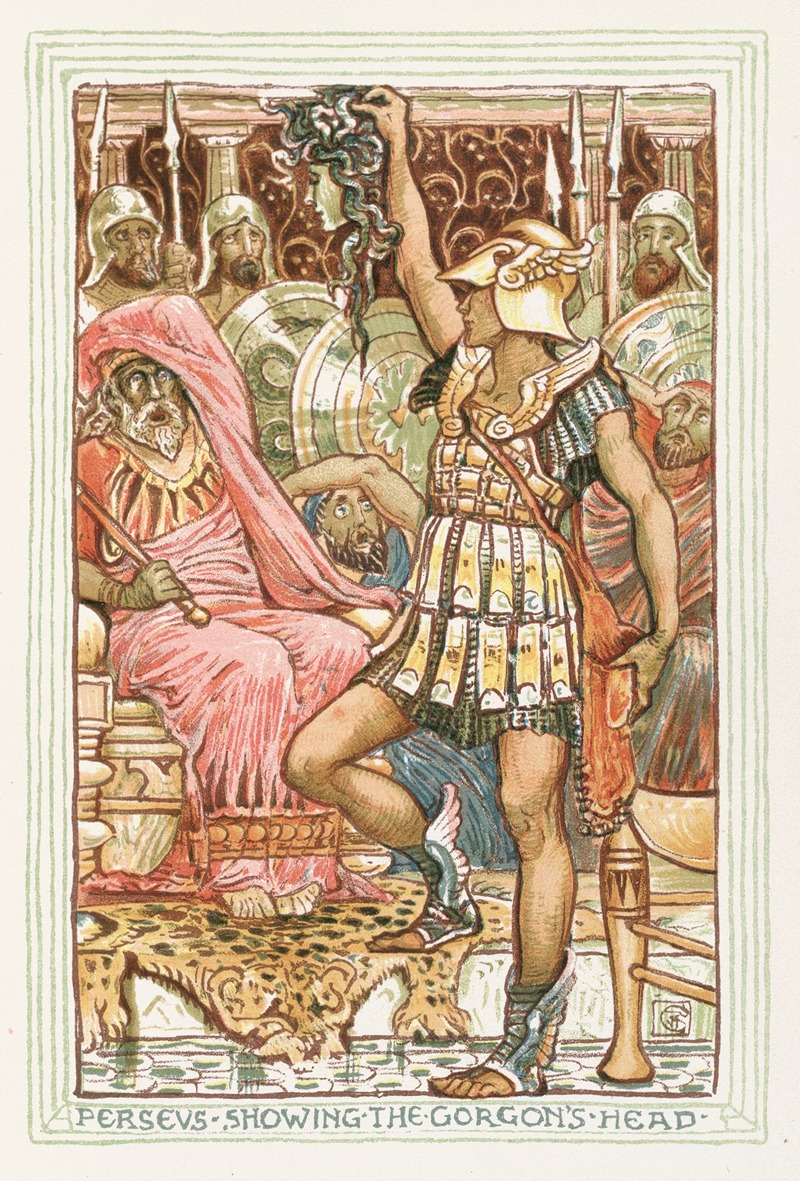
Perseus Showing the Gorgon’s Head
A hand-painted replica of Walter Crane’s masterpiece Perseus Showing the Gorgon’s Head, meticulously crafted by professional artists to capture the true essence of the original. Each piece is created with museum-quality canvas and rare mineral pigments, carefully painted by experienced artists with delicate brushstrokes and rich, layered colors to perfectly recreate the texture of the original artwork. Unlike machine-printed reproductions, this hand-painted version brings the painting to life, infused with the artist’s emotions and skill in every stroke. Whether for personal collection or home decoration, it instantly elevates the artistic atmosphere of any space.
"Perseus Showing the Gorgon’s Head" is a painting by the English artist Walter Crane, created in 1876. Walter Crane (1845-1915) was a prominent figure in the Arts and Crafts movement, known for his illustrations, paintings, and designs. He was particularly influential in the development of children's book illustrations and was a key figure in the aesthetic movement of the late 19th century.
The painting depicts a scene from Greek mythology, specifically the story of Perseus, a hero who is best known for beheading Medusa, one of the three Gorgon sisters. Medusa was a monstrous figure with snakes for hair, and anyone who looked directly at her would turn to stone. Perseus was able to slay Medusa by using a reflective shield given to him by the goddess Athena, which allowed him to see Medusa's reflection and avoid being petrified.
In "Perseus Showing the Gorgon’s Head," Crane captures the moment when Perseus reveals Medusa's severed head. The composition of the painting is dynamic, with Perseus standing in a triumphant pose, holding the head aloft. The background and other elements of the painting are rendered with intricate detail, showcasing Crane's skill in both composition and ornamentation.
Crane's work often featured elaborate decorative elements, and this painting is no exception. The influence of the Arts and Crafts movement is evident in the detailed patterns and the harmonious integration of the figure with the background. The use of color and the stylization of forms reflect Crane's interest in medieval and Renaissance art, as well as his commitment to the principles of the movement, which emphasized craftsmanship and the beauty of handmade objects.
"Perseus Showing the Gorgon’s Head" is notable for its combination of classical subject matter with the aesthetic ideals of the late 19th century. The painting is an excellent example of how Crane blended narrative content with decorative beauty, creating works that were both visually appealing and rich in storytelling.
The painting is part of the collection at the Manchester Art Gallery in Manchester, England. It is one of several works by Crane that are held in public collections, reflecting his significant contribution to the art of his time. Crane's legacy continues to be appreciated for its artistic quality and its role in the broader context of the Arts and Crafts movement.
Overall, "Perseus Showing the Gorgon’s Head" by Walter Crane is a testament to the artist's skill and his ability to bring mythological themes to life through his distinctive style. The painting remains an important piece within Crane's oeuvre and within the broader history of 19th-century British art.





